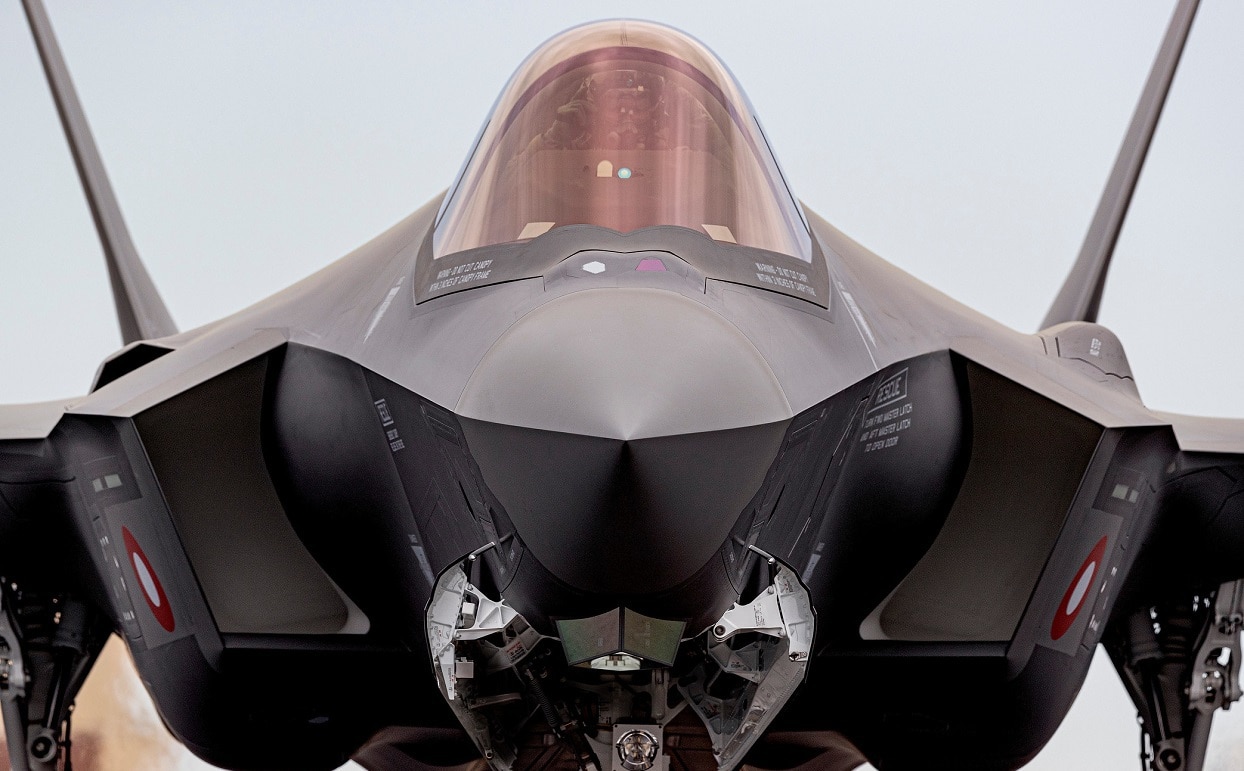Fighter jets like the F-35, F-15, Super Hornet, and many others are always looking for an edge on the battlefield. So why not try and add some sort of laser weapon that could damage any enemy in the sky? Enter the LANCE Project: Noted science fiction author H.G. Wells was certainly a visionary who foresaw many advanced technologies – and while the world will never likely see the invention of a time machine, he conceived of a “heat ray,” a weapon that isn’t all that distinct from modern lasers. Used by the Martian invaders in his 1898 serialized story and later novel The War of the Worlds, the weapon predated actual lasers by sixty years.
Other authors would build on the theme, and there would be the “death-ray” seen in George Griffiths’ novel The World Masters (1903) and of course the ubiquitous ray guns that showed up in the various Buck Rogers and Flash Gordon serials of the 1930s. Such energy weapons are now a staple of science fiction, appearing with various names: lasers, phasers, disruptors, and blasters.
Science fiction is now becoming reality – at least according to Lockheed Martin, which has been developing its “Tactical Airborne Laser Weapon System” (TALWS), a platform that could be mounted on aircraft.
Tip of the LANCE
This month, Lockheed Martin announced that it had delivered a compact directed energy weapon to the Air Force Research Lab (AFRL) this past February, reaching a key milestone in the efforts that would see tactical fighter jets equipped with a laser capable of shooting down anti-aircraft missiles. Dubbed “LANCE” – “Laser Advancements for Next-generation Compact Environments” – it has been under development for several years.
Lockheed Martin had been awarded the contract to design, develop and produce the system in November 2017 as part of the United States Air Force’s Self-protect High Energy Laser Demonstrator (SHiELD) program.
“It is the smallest, lightest, high energy laser of its power class that Lockheed Martin has built to date,” Tyler Griffin, a company executive told reporters earlier this month in the run up to the Farnborough Air Show, Breaking Defense reported. “It is a critical benchmark in developing an operational laser weapon system in the airborne domain.”
LANCE is a compact, high-efficiency laser that was designed to address the constraints of mounting such a weapon on a fighter aircraft. This follows efforts by the company to provide a 60 kW-class laser that was installed on a U.S. Army ground vehicle as part of the Robust Electric Laser Initiative program. The LANCE system is reportedly one-sixth the size of the Army laser, and it is complemented by a pod subsystem that mounts to the aircraft while it includes a beam control targeting system.
These subsystems are the most compact and capable laser weapon technologies delivered to date,” said Kent Wood, acting director of AFRL’s directed energy directorate, who added, “Mission utility analyses and wargaming studies are ongoing, and will help determine how these subsystems and/or an integrated laser weapon system might potentially be used. Specific targets for future tests and demonstrations will be determined by the results of these studies as well.”
Joint Effort is Ongoing
Developing such a futuristic weapon is apparently too great even for the country’s largest defense contractor. That is why SHiELD is actually a collaborative effort that involves several industry rivals. As reported by TheDrive Lockheed Martin has been contracted to provide the actual laser weapon, in the form of LANCE, while aerospace giant Boeing has produced the pod that carries it, and Northrop Grumman is now responsible for the beam control system that puts the laser onto its target.
Development is ongoing and it will be sometime before LANCE is able to actually be fired. First, there will need to be efforts to integrate the weapon with the thermal systems that manage the heating and cooling. Moreover, there has been no decision on any specific application or platform that could be employed with the LANCE.
No flight demonstration has been funded either.
Simply put, LANCE is just the first step of what will be many before we can expect to see F-35s flying around with laser weapons. It takes time to develop the weapons of the future, and many steps to get there.

